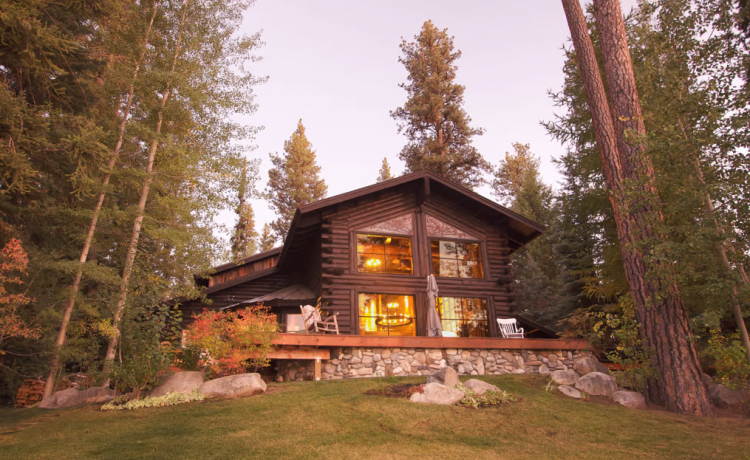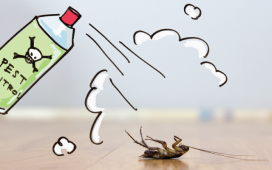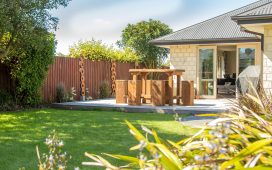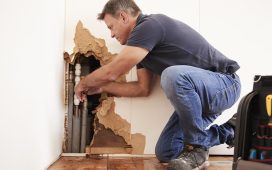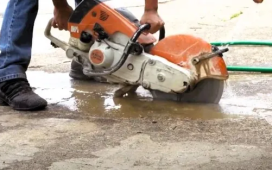Regardless of how aesthetically pleasing your log cabin is, it won’t last long without maintenance. Over time a log cabin loses its natural look and appeal due to exposure to extreme weather elements in the summer and winter. You must take good care of your cabin to ensure it maintains its good look for many years to come.
While all homes require upkeep, a log cabin’s maintenance goes way beyond what you are likely to encounter when taking care of your conventional home. A log cabin is exposed to many enemies, including moisture, temperature, and pests.
Here are some tips for maintaining log cabin homes in colorado.
Yearly inspection
Inspecting your log cabin home at least once every year is advisable. Note that UV rays break down the lignin in wood cells, weakening the fibers and causing cracks and weathering. During your visual inspection, you want to check whether the wood is impacted and pests that may be trying to make a home in your log cabin.
Some warning signs of compromised wood in your log cabin include:
- Green moss or algae.
- Mud tubes from termites.
- Faded, discolored, and damaged finish to the logs.
- Darker stains indicate the presence of molds.
- Sawdust from carpenter ants.
Use a gentle soap to clean the exteriors.
Cleaning your log cabin structure regularly can minimize the need for future repairs. Even new wood needs cleaning and conditioning due to mill glaze, a film that develops due to exposure to the elements. Even when staining the log cabin, you must start with clean wood, free from pests, spider webs, bird droppings, and other debris. Ensure you use a soft bristle brush and let the soap do most of the work. A pressure washer is suitable for rinsing from top to bottom.
Examine the chinks in your log home
Chinking which many people refer to as sealing the log cabin, prevents moisture, air, and insects from squeezing in the gaps between the logs. It is used in gaps even big as 5inches, and it is a design feature when used in a contrasting color. Older log cabin homes used sand and clay lime to seal between the logs, but modern chincking is acrylic-based and more durable. You should reseal your log cabin to extend its longevity if it is worn out.
Stain the outside to minimize the impact of the elements
Depending on the weather, a log cabin home often requires wood stain and a top coat to reduce the effect of the elements. However, don’t just stain your log cabin whenever you feel like it. That may create a thick skin that starts to peel, compromising the look of your log cabin.
You can test whether your log cabin needs restaining after rainfall. If the water seems to darken on the wood, the stain is worn out, but if the water flows freely, the stain is still in good condition.
Prioriritoze pest control
Pests are one of the enemies of wood, so you must be diligent about pest control to maintain your log cabin in good condition. You can fumigate the cabin regularly to keep pests at bay.

